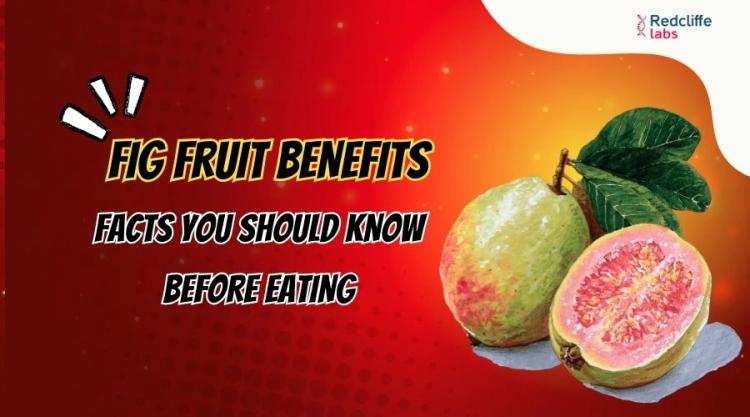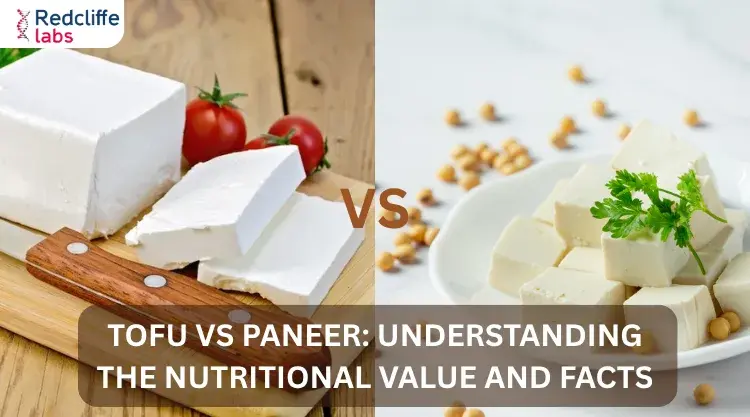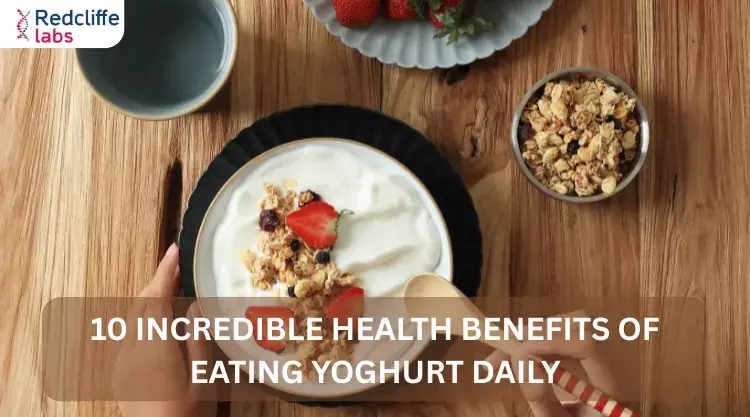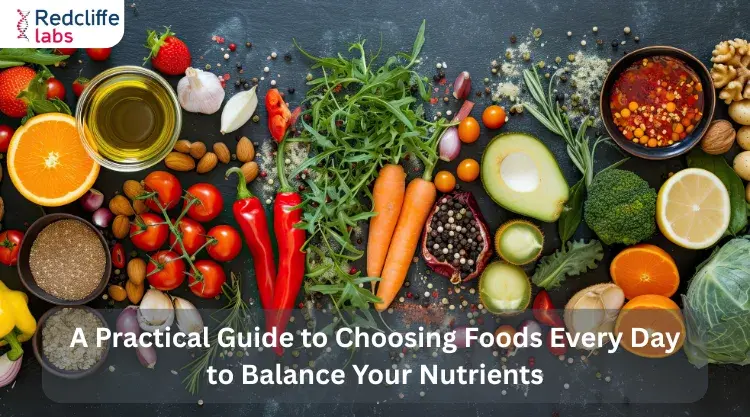10 Best Biotin-Rich Foods you must Add to your Diet

Medically Reviewed By
Dr Sohini Sengupta
Written By Kirti Saxena
on Oct 13, 2023
Last Edit Made By Kirti Saxena
on Jan 10, 2025
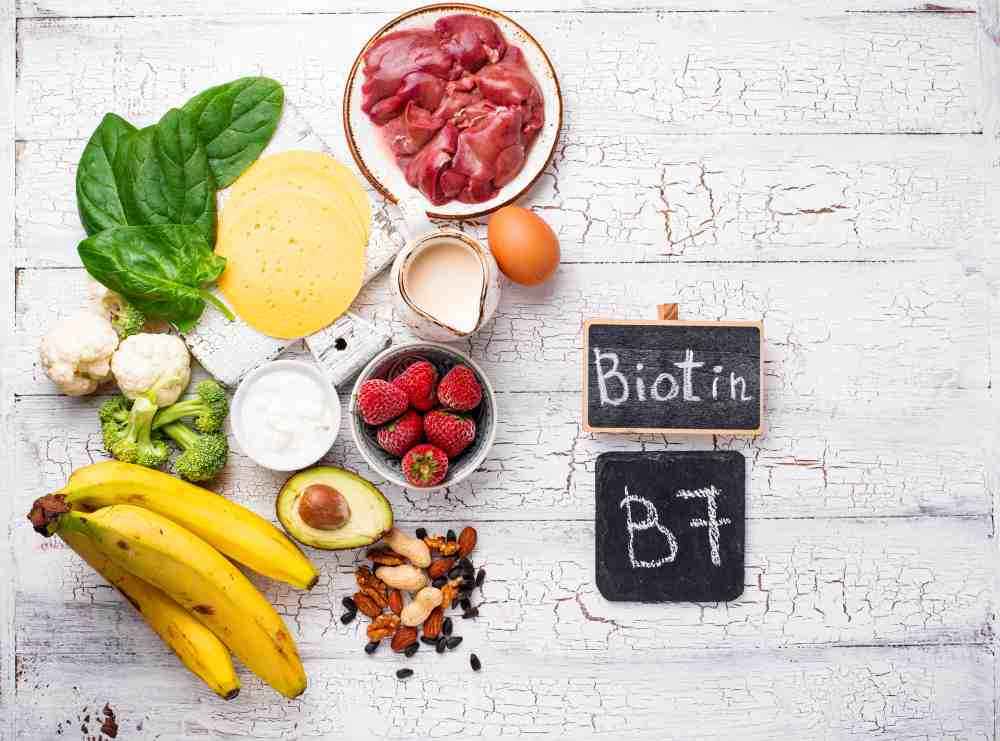
Are you seeking home remedies for shiny hair, radiant skin, and strong nails? Why not? Vitamin B7, or Biotin, is like your body's magic wand for fabulous hair, glowing skin, and strong nails. The best part? Biotin isn't some rare, hard-to-find substance. It is already available in your kitchen and the food you often eat. Biotin-rich foods are everywhere, from your morning omelette to your afternoon snack and even your dinner plate. But, if you are not taking Biotin-rich foods, it might cause biotin deficiency that may cause problems like hair loss, skin rashes, and weak nails. You can find biotin in your daily diet in foods like eggs, nuts, and veggies like sweet potatoes and spinach. Let’s explore some of the best biotin-rich foods to help you achieve your beauty and health goals but first lets start with why biotin is important.
Why is biotin important?
Biotin, or vitamin B7 or vitamin H, is a water-soluble vitamin that helps in various important body functions. It's an essential nutrient; your body needs it to function properly but cannot produce it independently. This is why you need to add biotin-rich food to your diet. Now below are some points to notice why biotin is important: -
- Healthy Hair, Skin, and Nails: Biotin is often associated with beauty because it is necessary for maintaining healthy hair, skin, and nails. It helps strengthen hair and nails and makes skin clearer and radiant.
- Improve Metabolism: Biotin plays a role in converting the food you eat into energy. It helps metabolize carbohydrates, fats, and proteins, ensuring your body can use them for energy and other functions.
- Cell Growth and Repair: Biotin is involved in the growth and repair of cells, which is essential for overall health and well-being.
- Nervous System Function: It supports the proper functioning of your nervous system, helping with nerve signals and communication between nerve cells.
- Healthy Pregnancy: Biotin is crucial for fetal development during pregnancy. It supports the growth of the baby's organs and helps prevent birth defects.
- Managing blood sugar levels: It also helps regulate blood sugar levels, which can benefit people with diabetes or those at risk of developing the condition.
Symptoms of biotin deficiency
Biotin deficiency is relatively rare, but when it occurs, it can cause symptoms like:
- Hair Problems: Hair loss or thinning hair is one of the most noticeable signs of biotin deficiency. This can include hair becoming brittle, dry, and more prone to breakage.
- Skin Issues: Biotin deficiency may cause skin problems such as rashes, dryness, or red, scaly skin around the eyes, nose, mouth, and genital area.
- Brittle Nails: Biotin plays a role in nail health, so brittle, weak, or easily split nails can be a deficiency symptom.
- Muscle Pain: Some people with biotin deficiency may experience muscle pain and cramps.
- Fatigue: Biotin deficiency can cause fatigue and weakness in people.
- Eye Problems: The deficiency may cause blurred vision and conjunctivitis in some cases.
You can get sufficient biotin through a balanced diet. But if you are experiencing the above symptoms, consult with your doctor. You can also take a Vitamin Profile test from Redcliffe Labs to confirm vitamin deficiency and get proper treatment on time.
10 Top Biotin rich foods to Add to Your Daily Diet
- Eggs
Eggs are an excellent source of biotin. One large egg contains about 10 micrograms of biotin, making it one of the most biotin-rich foods you can easily add to your diet.
How to eat?
Add an omelet and boiled eggs to make your breakfast tastier and healthy.
- Nuts and Seeds
Nuts like almonds, peanuts, walnuts, sunflower seeds, and flaxseeds are packed with biotin. Not only do they make for a convenient and satisfying snack, but they also provide essential nutrients for your hair and skin.
How to eat?
Add them to your smoothies oatmeal, or use them as toppings.
- Salmon
Salmon is a delicious fish that provides heart-healthy omega-3 fatty acids and is rich in biotin. A 3-ounce serving of cooked salmon can provide you with a significant portion of your daily biotin needs while adding flavor to your dinner table.
How to eat?
Grill or bake salmon fillets and serve them with a side of vegetables and a squeeze of lemon.
- Avocado
This creamy green fruit is a good source of biotin. Avocados are versatile and can be added to salads sandwiches or enjoyed as guacamole. They're not only good for your taste buds but also for your hair and skin.
How to eat?
Make avocado sandwiches, or mash it onto toast for a creamy, nutritious spread.
- Sweet Potatoes
Sweet potatoes are an excellent choice if you're looking for a biotin-rich vegetable. These orange gems are loaded with biotin and provide a healthy dose of vitamins and fiber.
How to eat?
You can bake them, make sweet potato fries, or add them to stews and soups. You can also try boiled sweet potato salad for lunch or dinner.
- Spinach
This leafy green is packed with biotin and other essential nutrients. Adding spinach into your diet through salads, smoothies, or as a side dish can help boost your biotin intake while promoting overall health.
How to eat?
Use spinach as a base for salads, blend it into smoothies, or sauté it with garlic as a tasty side dish.
- Dairy Products
Yogurt and cheese are also good sources of biotin. Greek yogurt is a nutritious option that can be enjoyed independently or as a base for smoothies and parfaits.
How to eat?
Enjoy Greek yogurt with honey and berries for breakfast, or add cheese to sandwiches, omelets, or pasta dishes.
- Mushrooms: Certain mushrooms, such as shiitake and portobello, contain biotin. Include them in your stir-fries or pasta dishes.
How to eat?
Sauté mushrooms with garlic and herbs as a side dish, or use them in stir-fries and risottos.
- Broccoli: Broccoli is a great source of biotin and offers 1-2 mcg per 100 grams of cooked broccoli.
How to eat?
Try broccoli soups, and broccoli florets, or add in your favorite salads.
- Legumes: Legumes are rich in biotin, varying levels depending on the type. Cooked lentils, for example, provide approx. 2-3 micrograms of biotin per 100 grams.
How to eat?
You can make bean salad with chopped veggies or a lentil soup with vegetables.
How much biotin do we need?
The recommended daily intake of biotin, also known as the Recommended Dietary Allowance (RDA), can vary depending on age, sex, and life stage. Here are the general guidelines for biotin intake:
| Age | Male | Female |
| Infants (0-12 months) | 5 to 6 mcg | 5 to 6 mcg |
| Children (1 to 5 years) | 8 to 12 mcg | 8 to 12 mcg |
| Children (9-13 years) | 20mcg | 20mcg |
| Adolescents (14-18 years) | 25mcg | 25mcg |
| Adults (19+ years) | 30mcg | 30mcg |
| Pregnant women | 30mcg | |
| Lactating women | 35mcg | |
Enhance Your Health and Beauty with Biotin-Rich Foods
Biotin-rich foods are not only nutritious but also delicious and easy to find. These foods can make a big difference in how you feel and look. Adding biotin-rich foods into your diet can help you achieve healthier hair, glowing skin, and stronger nails. Whether you enjoy eggs for breakfast, snack on nuts and seeds, or savour a salmon dinner, you can nourish your body with biotin-rich foods. So go ahead, add biotin-rich foods, and enhance your beauty and health!
Leave a comment
1 Comments
Shaheen
Oct 24, 2024 at 2:36 PM.
Thanx ❤alot very helpful
Myhealth Team
Oct 30, 2024 at 2:54 PM.
We are glad to hear that you found the information helpful! If you have any more questions or need further assistance, feel free to ask. Your health and understanding are important, and we are here to help!
